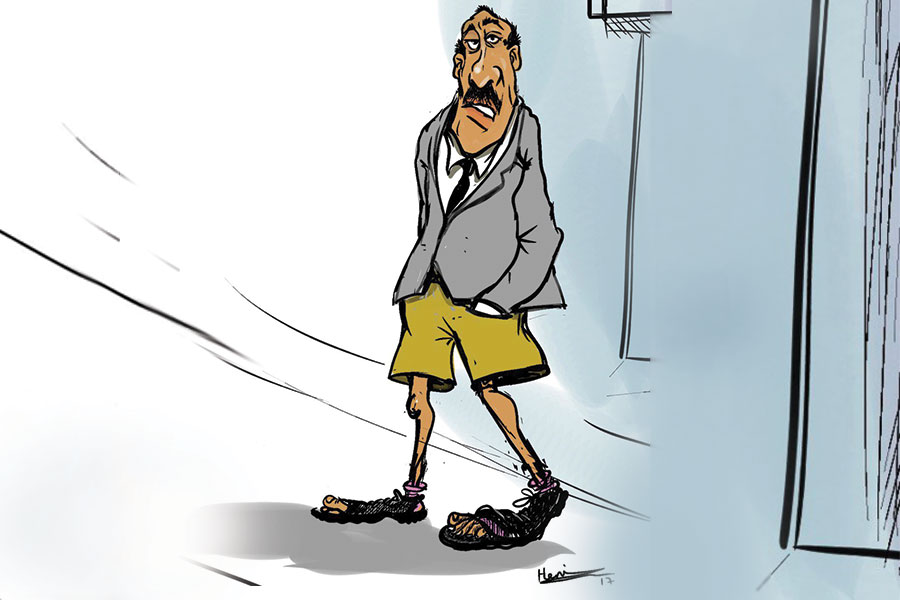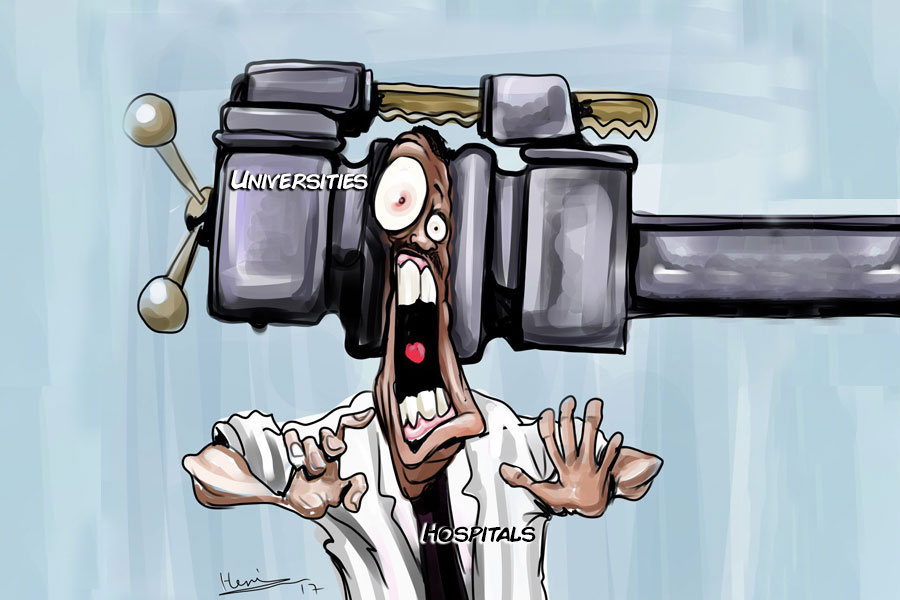
My Opinion | 133426 Views | Aug 14,2021
Jun 14 , 2025. By Eden Sahle ( Eden Sahle is founder and CEO of Yada Technology Plc. She has studied law with a focus on international economic law. She can be reached at edensah2000@gmail.com. )
Over the weekend, a parent shared the story of a friend’s teenage son who died after unknowingly taking pills laced with fentanyl. “He wasn’t a problem child,” she recalled. “He had dreams. He had a future.” A single moment of curiosity, likely shaped by peer pressure, led to a tragic and irreversible mistake. Several of his friends who took the same pills survived, thanks only to swift intervention and access to naloxone, the overdose reversal medication.
In school corridors once defined by youthful energy and ambition, a quieter danger now lurks. Fentanyl, a synthetic opioid many times stronger than heroin, is slipping into the hands of young people with worrying ease. While its origins lie in clinical pain management, on the streets and in the shadows of everyday life, it has become something far more sinister.
Medical professionals emphasize fentanyl’s potency. It is estimated to be up to 50 times more powerful than heroin and 100 times stronger than morphine. Just two milligrams, an amount smaller than a sesame seed, can prove fatal. Still, fentanyl continues to appear in substances passed off as harmless: fake prescription pills, crushed powders, even sweets. Many young people may not know they are taking fentanyl at all.
Educators and healthcare workers have begun to notice the subtle signs: teenagers who appear unusually fatigued, whose energy has dimmed, whose grades falter with no obvious cause. Some teachers have encountered students carrying pills or powders tucked into gum wrappers or cosmetic containers. What’s most disquieting is not the visibility of these drugs, but their very invisibility. Fentanyl has no smell, leaves little trace, and does its damage quickly, sometimes before help can even be summoned.
Some parents are alert, but their vigilance often focuses on the wrong signals. Traditional signs, unusual smells, rolling papers, erratic behavior, don’t apply to fentanyl. The drug can appear innocuous, resembling candy or mere dust. A physician at an international hospital in Addis Abeba noted that many families mistake early symptoms for the effects of puberty, academic stress, or general fatigue, never imagining a lethal substance could be involved.
Compounding the danger, many young people may not realize what they are taking. A pill thought to be for anxiety or pain might, in fact, be laced with fentanyl, or consist of it entirely. Medical professionals continue to stress the risk with a simple, chilling phrase: one pill can kill.
Mental health professionals say today’s youth are navigating rising pressures: academic demands, social media anxieties, financial stresses at home, and the emotional fallout of uncertain futures. In such circumstances, pills that promise escape or relief can be dangerously appealing.
The digital age has made access easy. Encrypted apps facilitate transactions with the push of a button. Delivery happens in parks, at school gates, and sometimes directly between students. Some teachers report that drugs have made their way into classrooms via local pharmacies and corrupt networks. Investigative reports, including by the BBC, suggest some of these substances may originate far from Africa, slipping past weak enforcement mechanisms and into local circulation.
The crisis extends beyond individual choices. Structural failures in regulation, health education, and emotional support contribute to the drug’s reach. In schools, the burden increasingly falls on teachers, who now straddle the line between educators and informal caregivers. One instructor at a private school described watching students withdraw in real time: once engaged pupils turning distant, distracted, and numb.
Responses remain scattered and insufficient. Arrests alone will not stemmed supply. In many communities, awareness of fentanyl’s lethality is still limited, not only among adolescents but also among parents, teachers, and frontline healthcare workers.
Solutions will require more than punitive action. Mental health support must be embedded in schools, religious institutions, and community centers, places where trust and familiarity already exist. Early, honest education about synthetic drugs, delivered through peer-led programs and survivor testimonies, can offer a more realistic form of prevention than outdated “Just Say No” slogans or abstract warnings.
At the policy level, stronger oversight is urgently needed over pharmaceutical imports and local supply chains. Legal accountability for distributors complicit in trafficking must be enforced. But at the core of any effective response is compassion. Behind many addictions lies unresolved emotional pain, isolation, or trauma. Addressing these wounds can offer a path forward not only for individuals but for families and communities.
The tragedy of a young life cut short underscores the human cost of inaction. It is a loss that ripples outward: through classrooms, households, and entire generations. Caution alone cannot stem an impending crisis; but empathy, awareness, and collective responsibility just might.
PUBLISHED ON
Jun 14,2025 [ VOL
26 , NO
1311]

My Opinion | 133426 Views | Aug 14,2021

My Opinion | 129941 Views | Aug 21,2021

My Opinion | 127746 Views | Sep 10,2021

My Opinion | 125301 Views | Aug 07,2021

Aug 9 , 2025
In the 14th Century, the Egyptian scholar Ibn Khaldun drew a neat curve in the sand....

Aug 2 , 2025
At daybreak on Thursday last week, July 31, 2025, hundreds of thousands of Ethiop...

Jul 26 , 2025
Teaching hospitals everywhere juggle three jobs at once: teaching, curing, and discov...

Jul 19 , 2025
Parliament is no stranger to frantic bursts of productivity. Even so, the vote last w...